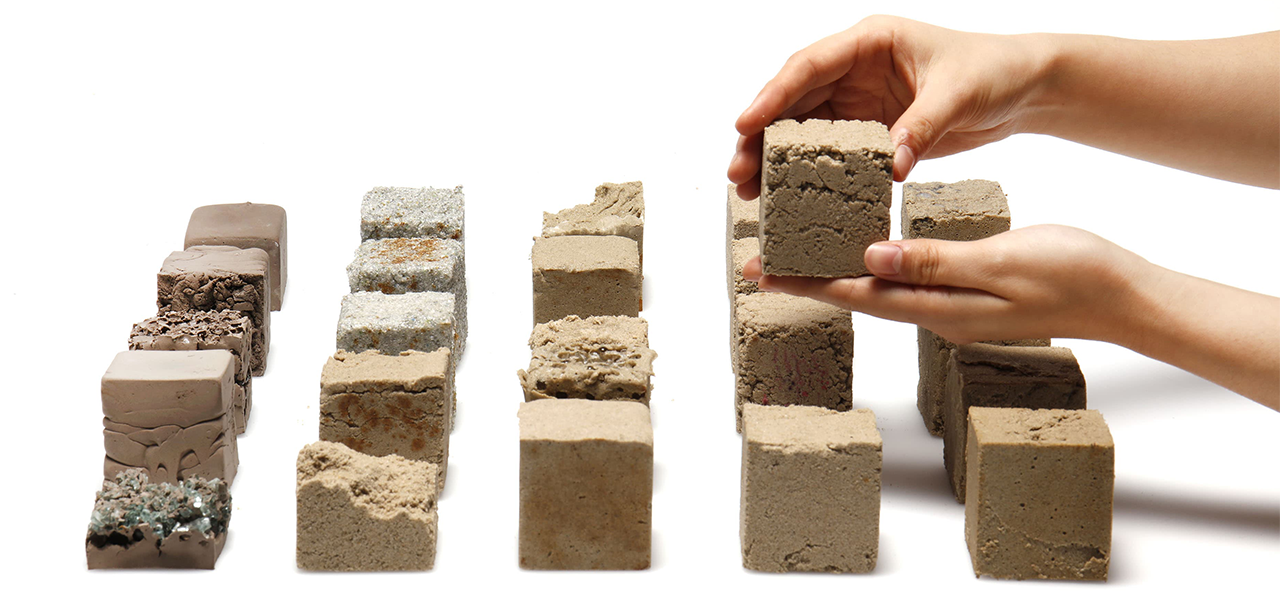
Sand is full of paradoxes. The image of sprawling deserts lets us imagine an endless resource when in reality there is a real shortage. Granulates are the second most consumed natural resource after water and oil. 50 billion tones are extracted each year, for construction of course, but also for the production of glass and photovoltaic cells. In the face of this over-consumption, the sand of the desert – too polished and too fine – never appeared to be a valid alternative. Until researchers from the Imperial College of London invented Finite…
The bricks of the desert
Finite is a construction material that is still in the process of development, but its creators Carolyn Tam, Matteo Maccario, Hamza Oza and Saki Maruyami, are already singing its praise. They are announcing a resistance that is as strong as cement or the bricks regularly used in residential construction. They are also promising a reduced carbon footprint. “Today, our most pessimistic estimates indicate a carbon footprint that is 50% less than traditional cement.” explains Matteo Maccario in Dezeen. Finite will also be biodegradable and well adapted to ephemeral construction. And to top it all off, the material can also have numerous esthetic variations in terms of shape and color. Its creators are regularly demonstrating this by creating original decorative objects.
Finite’s secret lies in the recipe of what “binds” it together, which is of course kept secret by its creators, and that will soon have to pass the mandatory tests for construction material (compressive strength, hardening, absorption capacity, subsidence, wear resistance, etc). From the vase to the brick, there is still quite a ways to go.
A colossal economic and environmental impact
If the team of researchers are preciously keeping their secret, it is above all because the stakes are high. The first one being financial. The war on sand represents 70 billion dollars a year in trade. In the face of this impending shortage, “sand mafias” are forming and trafficking the precious grains, often leaving bodies behind. The second is ecological. The intense extraction of sea sand destroys the ecosystem and accelerates coastal erosion. In the Mekong Delta, the production of new sediment is a lot slower than the process of extraction, which causes a strong salinization of the Vietnamese rice fields, which are the regional granaries. Everywhere in the world, we are becoming alarmed both by the depletion of resources and the ecologic impact caused by sand extraction.
In an interview in the newspaper Liberation, Christian Buchet, author of Livre noir de la mer, summarizes the situation and the strong promise of Finite well: “Tomorrow, the kings of oil will be those who find a substitute to sand, granulates and gravel.”

